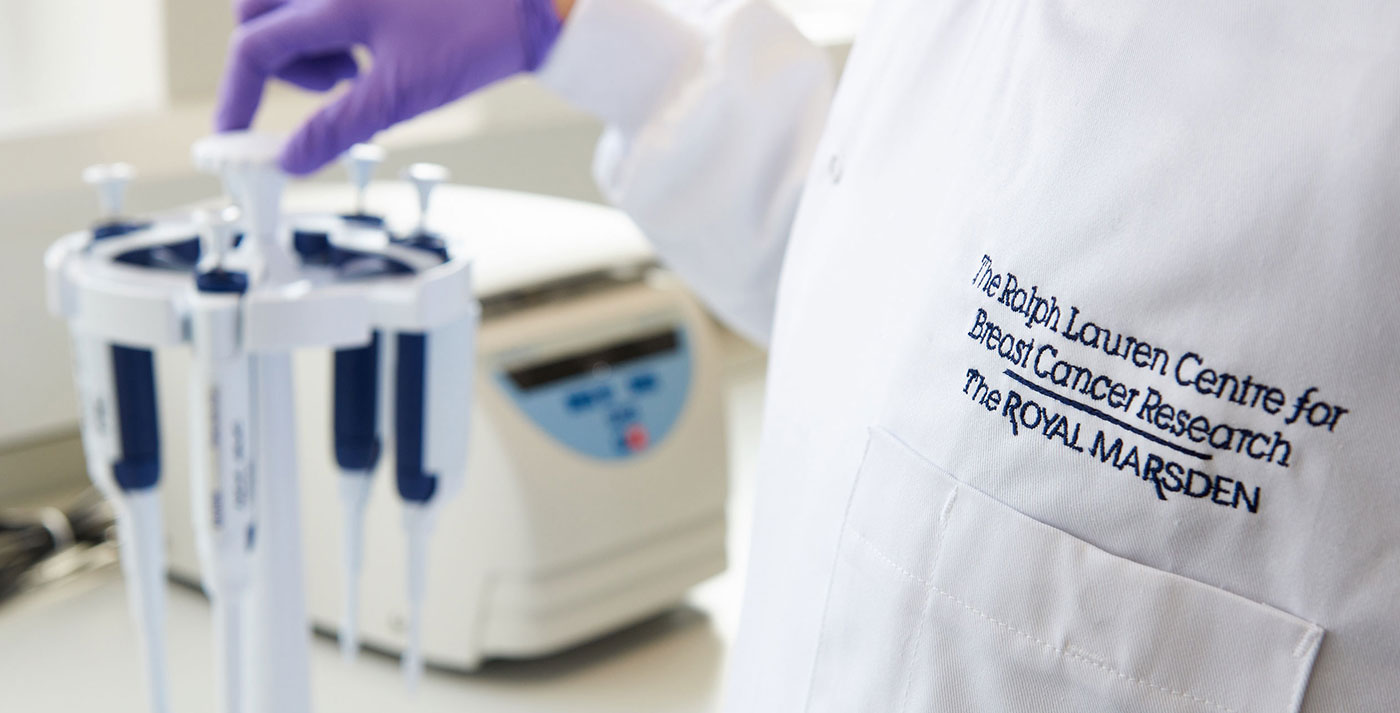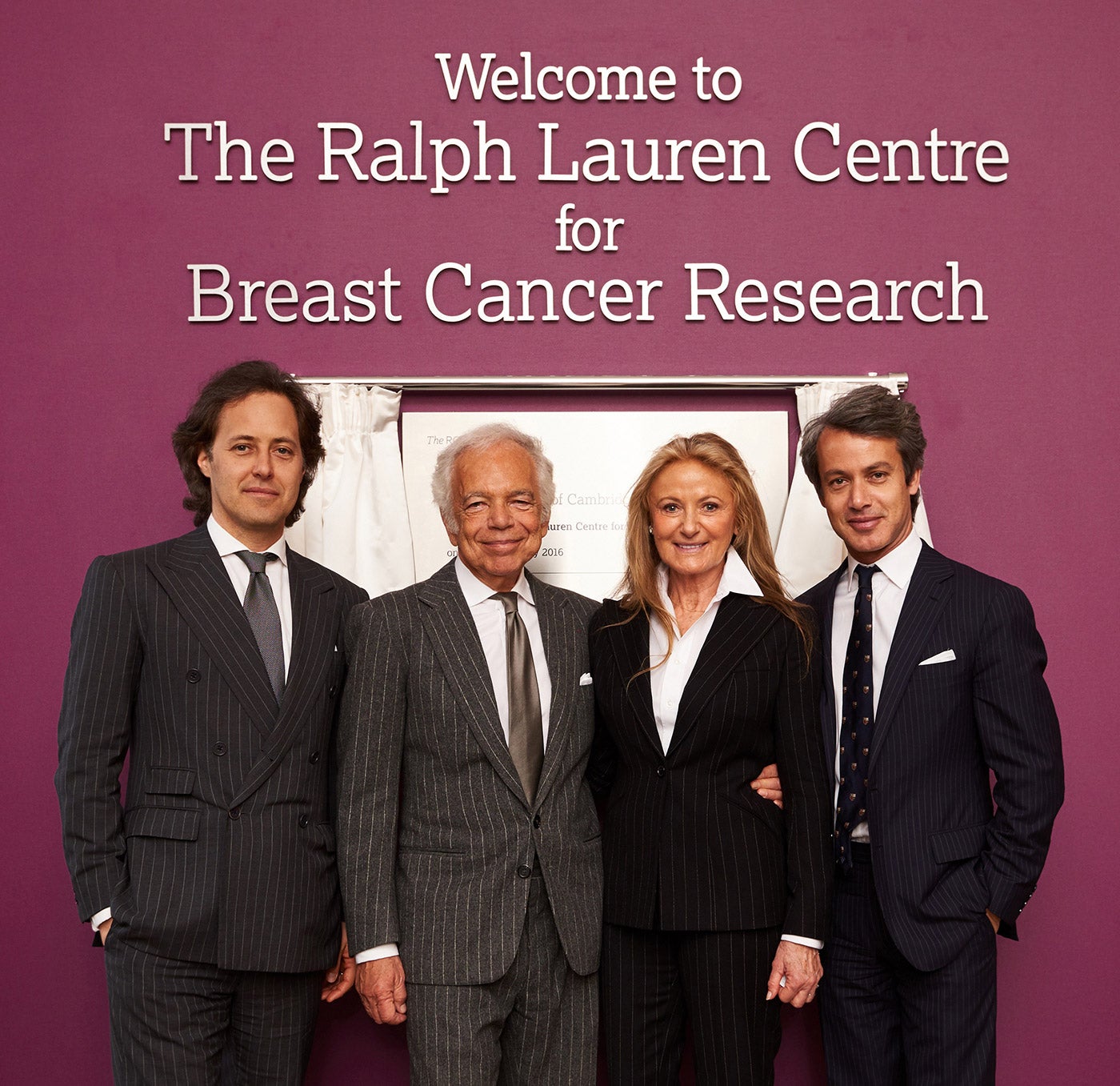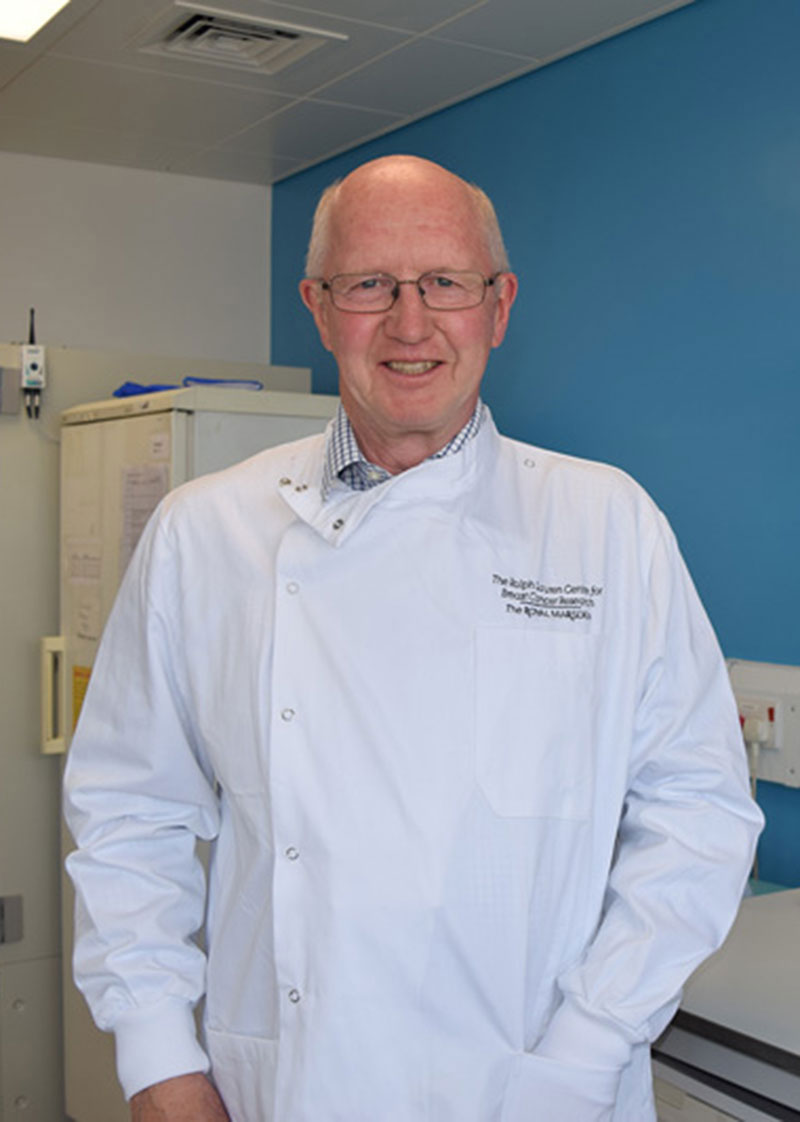
Breaking New Ground
The Ralph Lauren Centre for Breast Cancer Research brings 21st-century technology to a renowned institutionFor decades, Ralph Lauren has been an active supporter of cancer research and treatment, opening centers in Washington, DC, and New York City, and launching the Pink Pony collection, with a portion of proceeds going to support programs for cancer screening, early diagnosis, treatment, research, and patient navigation. The unveiling of The Ralph Lauren Centre for Breast Cancer Research at London’s The Royal Marsden NHS Foundation Trust marks the latest chapter in Ralph Lauren’s ongoing support for finding a cure for the disease that afflicts an estimated 1.7 million women each year. Thanks to his generous donation, one of the world’s preeminent research institutions now has world-class facilities to match. The 2000-square-foot space was designed to host new and innovative molecular studies (seven programs are running concurrently), allowing for more rapid and in-depth analysis of the disease.
The new center marks the culmination of a 20-year partnership. “My personal connection with The Royal Marsden goes back to my friendship with Princess Diana when she was its president in 1996,” says Mr. Lauren. “It’s a great honor and pleasure to move forward in this fight against breast cancer with her son, who has taken over this role. I am inspired by his dedication and together I hope our efforts can help save lives affected by this disease.”
We spoke with Professor Mitch Dowsett, head of The Ralph Lauren Centre for Breast Cancer Research, to learn about his work at the center, the progress they’ve made so far, and what the future of cancer research might look like.Can you give us an overview of what goes on at The Royal Marsden, and your role there?
The Royal Marsden undertakes the diagnosis and treatment of all cancers. We have world experts in all areas of cancer research, diagnosis, and treatment who train specialists for other cancer centers across the UK and many other parts of the world. Our research is conducted in close collaboration with our academic partner, The Institute of Cancer Research. Together, we make up the largest comprehensive cancer center in Europe.

How does the new center help to advance The Royal Marsden’s mission?
While we were able to do good work in the past, our facilities had become unfit for their purpose. The new space enables us to be much more efficient in what we do. The quality of the accommodation is unrecognizably better than we had before. It is spacious and designed to allow each of our activities to be performed to the highest quality. The office accommodation has allowed us to bring together members of our teams so they can work together much more effectively. Overall, it is fit for the highest-quality 21st-century breast cancer research.
HRH the Duke of Cambridge serves as president of the organization. How has his role helped the hospital and institute since he signed on?
HRH the Duke of Cambridge has been president of The Royal Marsden since 2007, a position previously held by his mother, Diana, Princess of Wales. He regularly visits the hospital to meet staff, patients, and to learn more about the work we do. In 2011, together with HRH the Duchess of Cambridge, he opened the Oak Centre for Children and Young People. In 2013, he observed two surgical procedures at The Royal Marsden, Chelsea, and last year, he visited our clinical research facilities at The Royal Marsden, Sutton. He shows enormous interest in the research and care that we provide, and his visits are motivational for patients and staff alike.
My research focuses mainly on the importance of hormones, particularly estrogen, in leading to the development and progression of breast cancer. We have helped develop drugs called aromatase inhibitors that reduce the risk of dying from breast cancer by at least 40 percent. Much of our research is directed at understanding how other drugs can be used to help the other 60 percent. We do most of this by direct collaboration with clinicians at the hospital.

How does breast cancer differ from other forms?
Breast cancer is the most common cancer in women, with more than 50,000 cases per year in the UK. It is one of a small number of cancers in which dependence on estrogen is a major feature. This gives us the opportunity to treat those breast cancers with therapies that block the effects of the estrogen or stop the production of the estrogen. There are lots of other treatments that also help reduce the risk of breast cancer recurring after surgery, including radiotherapy and chemotherapy. Together with earlier detection of breast cancer, these medical treatments have halved the risk of patients dying of the disease over the last 25 years. But each year, more than 11,000 women still die of breast cancer in the UK.
The massive improvements that we have seen in reducing death from breast cancer have come largely as a result of using medical treatments—like hormone treatments and chemotherapy—shortly after surgical removal of the primary tumor at a time when any of the disease that has spread to other sites in the body is microscopic. But many patients still recur with the disease that has not only spread elsewhere but is now resistant to our main treatments. We need to find a way of preventing the emergence of this resistant disease.
- Photographs by Chris Allerton; courtesy of Ralph Lauren Corporation







